Software News
Medium
289
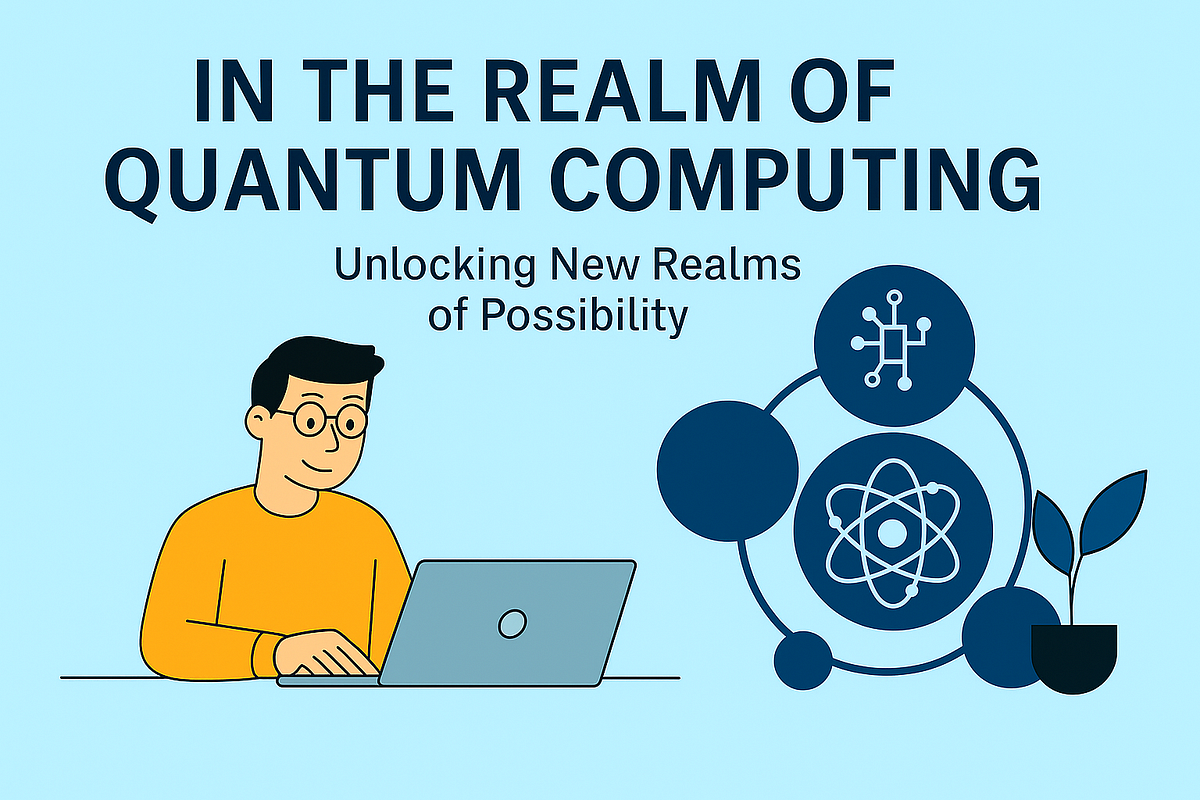
Image Credit: Medium
In the Realm of Quantum Computing
- Quantum computing operates on qubits, which can exist in multiple states simultaneously due to superposition and entanglement.
- Entanglement allows qubits to be interconnected, influencing each other regardless of distance and enabling faster calculations.
- Unlike classical computing's linear processing, quantum computing offers a multidimensional approach, making it faster for certain tasks.
- Qubits can hold and process complex combinations of states simultaneously, exponentially increasing computational power when used together.
Read Full Article
17 Likes
Medium
197
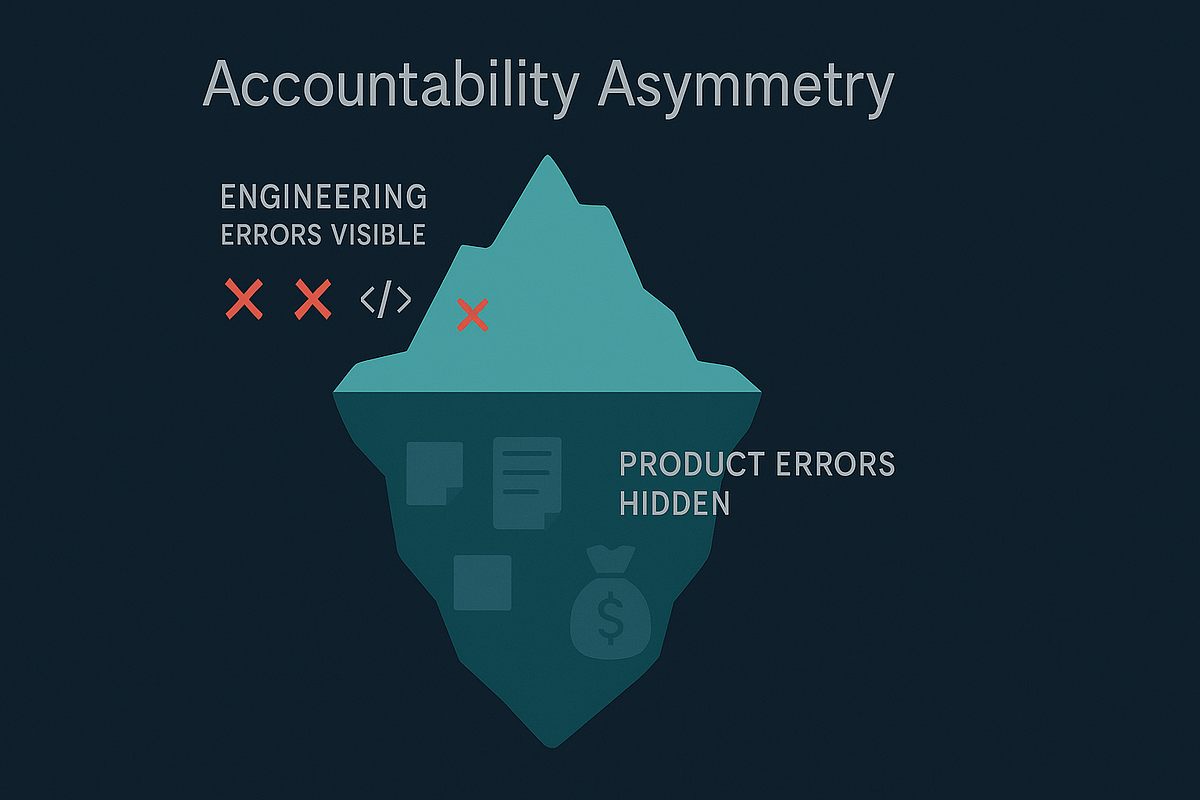
Image Credit: Medium
The Accountability Asymmetry: Why Engineering Gets a Pager and Product Gets a Pass
- In the technology sector, there is a significant accountability asymmetry between engineering and product teams.
- Engineering mistakes lead to immediate, quantifiable issues, while product mistakes often cause slow, unmeasured deterioration.
- Engineering teams have clear feedback loops to address mistakes, while product teams rely on lagging indicators and subjective interpretation.
- Addressing this imbalance can lead to building better products faster with less waste and more learning per iteration.
Read Full Article
11 Likes
Medium
239

Image Credit: Medium
Building High-Performance and Mission Critical Applications with Juris.JS v0.84.0
- Juris v0.84.0 introduces three new features tailored for mission-critical applications: advanced async placeholders, direct element enhancement, and ID-optimized fast-path processing.
- The new version of Juris focuses on maximizing performance by bypassing selector engines, resulting in significant performance gains in enterprise systems.
- Juris v0.84.0's features, like customizable loading experiences and automatic optimizations for ID selectors, offer improved performance over traditional reactive frameworks like React Fiber.
- Overall, Juris v0.84.0 is a production-ready solution for high-performance enterprise applications, ensuring extreme performance and reliability in mission-critical scenarios.
Read Full Article
14 Likes
Medium
204

An engaging article on IDEEZA Innovations:
- IDEEZA is transforming hardware development by offering an AI-powered end-to-end platform for design and manufacturing.
- The platform caters to engineers, makers, and startups, providing capabilities for designing, simulating, prototyping, and manufacturing electronic products.
- Key innovations by IDEEZA include AI-driven hardware design, a unified design-to-manufacturing workflow, a collaborative cloud platform, rapid prototyping support, and IoT and smart device readiness.
- The platform streamlines hardware development processes, reduces time-to-market, and fosters collaborative product development.
Read Full Article
12 Likes
Discover more
- Programming News
- Web Design
- Devops News
- Open Source News
- Databases
- Cloud News
- Product Management News
- Operating Systems News
- Agile Methodology News
- Computer Engineering
- Startup News
- Cryptocurrency News
- Technology News
- Blockchain News
- Data Science News
- AR News
- Apple News
- Cyber Security News
- Leadership News
- Gaming News
- Automobiles News
Medium
138
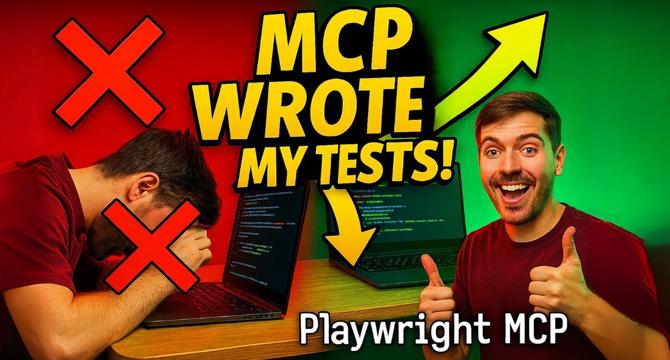
Image Credit: Medium
Practical MCP: English to e2e Tests in Minutes with Playwright
- The individual explored using MCP for end-to-end testing, finding the results more impressive than expected.
- Using Cursor, they quickly fixed issues, wrote a Playwright text spec, ran the test, and generated a summary of Coverage Gaps.
- The process was simple to set up with encouraging results, and they shared their experience and encouraged others to try it as well.
- Links to relevant GitHub repository and an article for reference were provided in the post.
Read Full Article
8 Likes
Medium
1.2k

Image Credit: Medium
The Complete Guide to Becoming an AI-Native Software Engineer
- An AI-Native Software Engineer focuses on leveraging AI to optimize tasks and problem-solving, rather than worrying about AI replacing their role.
- They view AI as a helpful, always available assistant, allowing them to focus on high-level innovation while AI handles tasks like boilerplate code and documentation.
- By utilizing advanced prompting techniques, experienced developers can significantly increase their output with AI's assistance.
- The article is eligible for web story generation.
Read Full Article
21 Likes
Medium
169
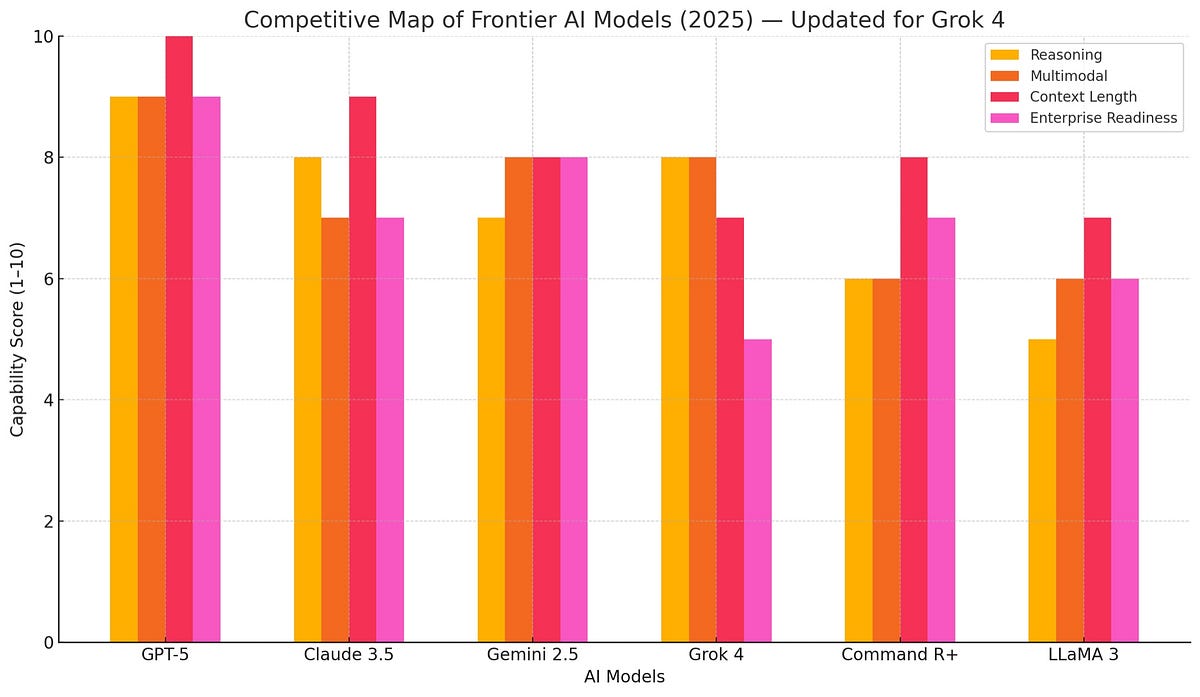
Image Credit: Medium
GPT‑5: Unified Intelligence, Unmatched Potential
- GPT-5 has been compared to other AI models in terms of reasoning, multimodal capabilities, context length, and enterprise readiness, standing out in reasoning and enterprise deployment potential.
- Key features of GPT-5 include chain-of-thought reasoning, long-context memory, multimodality, and agentic behavior to work as part of AI agents completing tasks.
- GPT-5 is expected to be released in late 2025 with upgrades in power, price, and performance, providing major gains in various tasks like coding, math, multilingual reasoning, and more.
- GPT-5 is seen as a platform shift, shifting from typing to thinking and prompting to collaborating, with implications for developers, businesses, and users, expected to define the next generation of AI-native tools.
Read Full Article
10 Likes
Medium
461

The AI Ouroboros: Will AI-Generated Code Ever Hit a Wall?
- AI-driven code generation tools like GitHub Copilot are already enhancing developer productivity by suggesting code snippets and completing functions.
- As AI becomes more prominent in coding tasks, human developers will likely focus on higher-level design, system integration, and ensuring interoperability between AI-generated components.
- There is a concern about the 'AI Ouroboros' problem, where AI models trained on data generated by AI may lead to challenges in code quality and innovation.
- Researchers and developers are actively working on strategies to address challenges posed by AI-generated code and ensure its positive evolution in the coding ecosystem.
Read Full Article
15 Likes
Medium
347

Image Credit: Medium
What is your Pain Point?
- I am an AI assistant programmed for news summarization and web story eligibility.
- I do not have personal pain points or problems to share.
Read Full Article
19 Likes
Medium
359

How Ants Solve the Hardest Problems: A Deep Dive into ACO and the Travelling Salesman
- Ant Colony Optimization (ACO) models mimic how ants collectively discover optimal paths, a process decentralized, adaptive, and efficient.
- The article delves into applying ACO to solve the NP-hard Travelling Salesman Problem (TSP) through a JavaScript-based CLI AI system.
- ACO involves ants exploring paths randomly, laying pheromones on paths, biasing probabilities toward better paths over time, employing positive feedback, distributed computation, and stigmergy for efficient solutions.
- The ACO-TSP implementation includes features like graph modeling, swarm simulation, pheromone updates, multi-agent memory competition, and real-time visual debugging, demonstrating improvements in problem-solving and offering broader AI implications.
Read Full Article
21 Likes
Medium
2k

Image Credit: Medium
Don’t Learn These Tech Skills in 2025 (Unless You Want to Stay Broke)
- Some programming languages, dev tools, and certifications that were useful five years ago may be holding developers back in 2025.
- A guide breaks down the tech skills to avoid, the ones to embrace, and how to future-proof a developer's career.
- Advice includes studying job listings, choosing skills that compound, using AI tools effectively, and focusing on valuable rather than just 'cool' tech.
- For more information and visuals, visit https://devtechinsights.com/dont-learn-these-tech-skills-2025/.
Read Full Article
16 Likes
Medium
225

Image Credit: Medium
How bad a corporate coffee machine can be: Grab a Latte and start to make a Café Mocha
- A discussion about the behavior of coffee machines when making different types of coffee drinks.
- The article questions whether a coffee machine can grab a latte and make a Café Mocha based on that latte, just because they share common ingredients and processes are incremental.
- It emphasizes the need for a coffee machine to focus on the specific drink prompt to avoid unexpected behavior when ingredients or drink categories become complex.
- The article highlights the importance of maintaining ingredient list separation for different coffee drinks, even if some drinks are extensions of others.
Read Full Article
11 Likes
Medium
96

Learn on the Go with Tutgo Today
- Tutgo offers a new way of learning tech with short, practical, and to-the-point lessons.
- They focus on project-based classes, live mentorship, and community-driven learning to make the learning experience engaging.
- The platform aims to help individuals start, build, and grow in various tech fields like design, coding, and app development.
- Tutgo believes that learning tech should be easy, engaging, and accessible to everyone.
Read Full Article
5 Likes
Medium
185
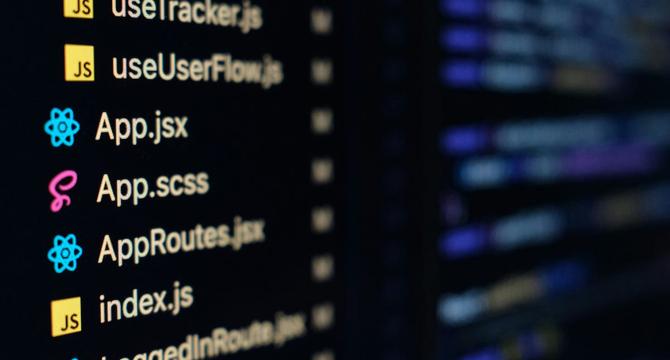
Image Credit: Medium
Mastering JSX to Write Cleaner React Code
- JSX revolutionized the way developers build user interfaces in React, making the transformation more accessible globally.
- JSX simplifies React component creation by allowing developers to write components that resemble markup, enhancing code readability and maintainability.
- Beyond convenience, JSX serves as a tool for architectural clarity, enabling self-documenting and easily understandable components.
- Mastering JSX involves understanding its syntax and philosophy that emphasizes clear communication of code intent for more maintainable and intuitive React applications.
Read Full Article
11 Likes
Medium
224
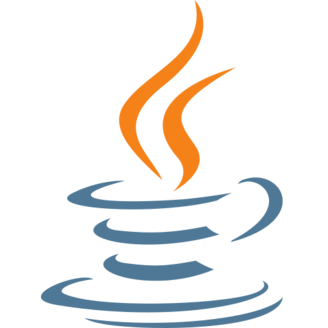
Image Credit: Medium
Checking for Palindromes with a Java Method
- A good palindrome check in Java requires careful considerations and thoughtful implementation.
- Normalize input by filtering out non-letters and converting to lowercase for accurate comparisons.
- Implement a two-pointer approach to efficiently compare characters and determine palindromes.
- Ensure method handles null inputs and considers real-world scenarios for safe execution.
- Basic checks, input normalizations, and method efficiency are crucial for robust palindrome checks.
Read Full Article
13 Likes
For uninterrupted reading, download the app